P2P | August 31 2015 | 204 MB
英文简介:
Master the basics of great drum programming and take your beats from static loops to complete grooves
To me, there is a huge missing gap from online production videos with helping beginning electronic musicians go from being stuck in a loop to writing more full-fledged beats. So it was my intention with this first video to deliver you with the solid foundations of what makes for great programmed drums, and provide you with the skills needed to begin writing more interesting, musical drum parts for your tracks. By getting these very simple foundational ideas under your belt, you begin to understand more about how EDM is structured, how to make beats quickly, and you find yourself making much more creative beats. At least, that's my hope here :) The course is designed for those beginners who want to transition to an intermediate skill level but don't know how. I've made it fast so that you spend less time watching me build these ideas, and more time exploring how they work. In the series, I use examples from a wide variety of Genres-- from Hip Hop to Techno, House, and Future Bass-- to show that these core principles apply across styles. There is over 2 hours of content here, teaching you the core skill of writing beats regardless of which DAW you use. The idea here is to get your skills up to the next level as quickly as possible, and set you up for part 2 of this series, where we explore some of the more creative uses of these foundational ideas. These lessons took years of study for me to discover-- I hope that you take advantage of all that I've learned and boiled down here for you, and get your skills up and running quickly!If you have a computer, a DAW that you're familiar with, a few good drum samples and a way to hear everything, then I will show you how to make beats that make the rest of your music shine.
What are the requirements?
A computer with a DAW of choice (Logic, Live, Cubase, Studio One, etc.)
Speakers, Monitors, or Headphones that accurately represent the whole frequency range. Hearing bass will be important in this course, and laptop speakers are not advised
A working familiarity with the basics of your DAW
A basic level understanding of making electronic music; Knowledge of samplers, which drum sounds are which, what a compressor and an EQ is, and how to write a basic drum beat
A basic level understanding of rhythm theory; knowledge of quarter-notes, eighth-notes, and sixteenth-notes; understanding of what the beats of a bar are, what bars are, and what tempo is
A basic understanding of how to write basic beats in various genres; what a house beat is, what a hip-hop beat is, etc.
What am I going to get from this course?
Over 21 lectures and 2.5 hours of content!
Write more musical sounding drum patterns
Create a balanced sounding drum kit from samples quickly
Create Drums that "breathe" with the music in a subtle but pleasing way
Use Accents to spice up drum tracks and create fresh, new rhythms
Understand exactly how to write clear, focused drum phrases
Go from short loops to more developed drum parts
What is the target audience?
Beginner to Intermediate producers who are finding themselves "stuck" for new ideas of drum programming
Live Instrumentalists who are dabbling with programmed drums and want to learn more about it
Electronic Musicians who find that their drums lack excitement and movement
Electronic musicians who don't "Get" how to program great drum parts
Musicians looking the understand the underlying principles that make programmed drums sound great
官网: https://www.udemy.com/drum-programming-101-how-to-write-great-drum-parts
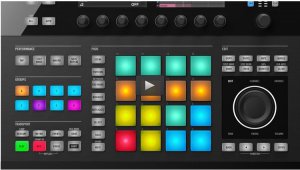
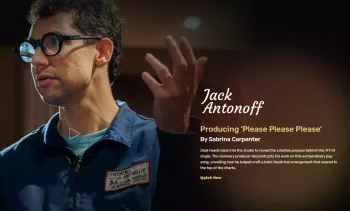
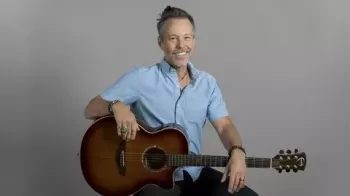


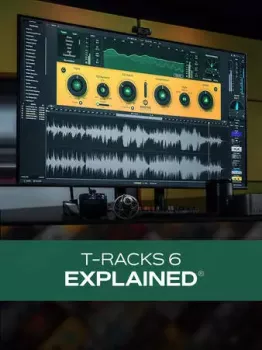
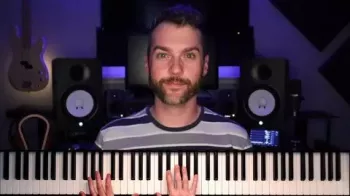
评论0